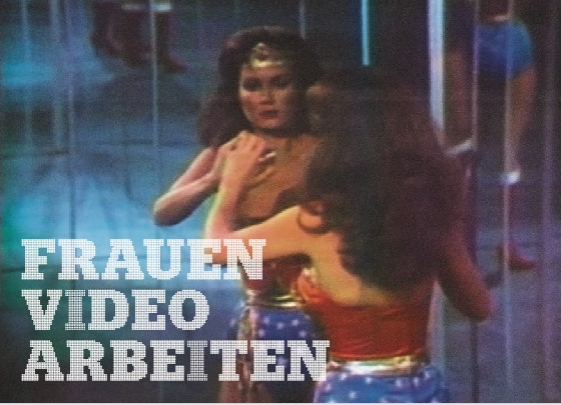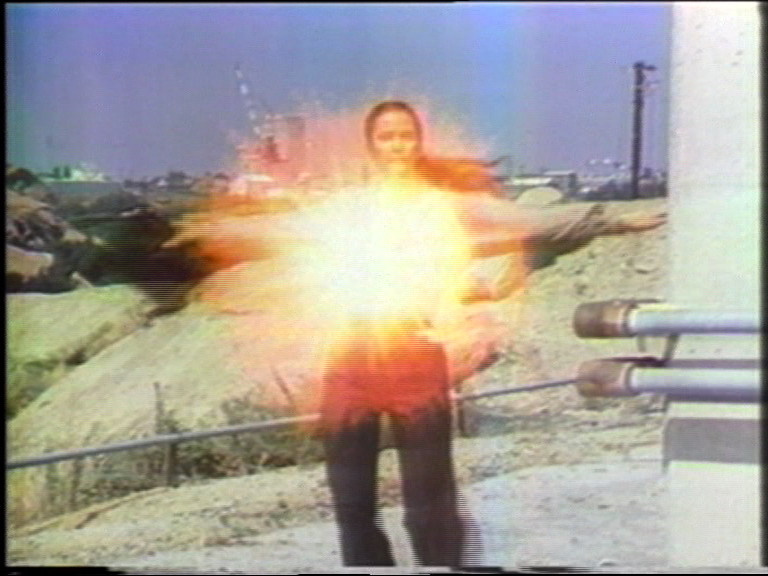Dara Birnbaum: Technology / Transformation: Wonder Woman
Women Video Work(s)
Date: 1978
Material/Technique: U-matic, color, stereo, 4:3
ZKM | Collection
Copyright: © Dara Birnbaum
A step-by-step progression of "extended moments" unmasks the technological "miracle" of Wonder Woman's transformation, playing on the psychological transformation of a television product. Birnbaum considers this tape an "altered state" that "renders the viewer capable of re-examining those looks which on the surface seem so banal that even the super-natural transformation of a secretary into a Wonder Woman is reduced to a burst of blinding light and a turn of the body - a child's play of rhythmical devices inserted within the morose belligerence of the fodder that is our average television diet.“
Dara Birnbaum
An architect and urban planner by training, Dara Birnbaum began using video in 1978 while teaching at the Nova Scotia College of Art and Design, where she worked with Dan Graham. Recognized as one of the first video artists to employ the appropriation of television images as a subversive strategy, Birnbaum recontextualizes pop cultural icons (Technology/Transformation: Wonder Woman, 1978-79) and TV genres (Kiss the Girls: Make them Cry, 1979) to reveal their subtexts. Birnbaum describes her tapes as new “ready-mades” for the late 20th Century—works that “manipulate a medium which is itself highly manipulative.”
http://www.eai.org
Text and Biography: Electronic Arts Intermix (EAI, New York)
Material/Technique: U-matic, color, stereo, 4:3
ZKM | Collection
Copyright: © Dara Birnbaum
A step-by-step progression of "extended moments" unmasks the technological "miracle" of Wonder Woman's transformation, playing on the psychological transformation of a television product. Birnbaum considers this tape an "altered state" that "renders the viewer capable of re-examining those looks which on the surface seem so banal that even the super-natural transformation of a secretary into a Wonder Woman is reduced to a burst of blinding light and a turn of the body - a child's play of rhythmical devices inserted within the morose belligerence of the fodder that is our average television diet.“
Dara Birnbaum
An architect and urban planner by training, Dara Birnbaum began using video in 1978 while teaching at the Nova Scotia College of Art and Design, where she worked with Dan Graham. Recognized as one of the first video artists to employ the appropriation of television images as a subversive strategy, Birnbaum recontextualizes pop cultural icons (Technology/Transformation: Wonder Woman, 1978-79) and TV genres (Kiss the Girls: Make them Cry, 1979) to reveal their subtexts. Birnbaum describes her tapes as new “ready-mades” for the late 20th Century—works that “manipulate a medium which is itself highly manipulative.”
http://www.eai.org
Text and Biography: Electronic Arts Intermix (EAI, New York)

